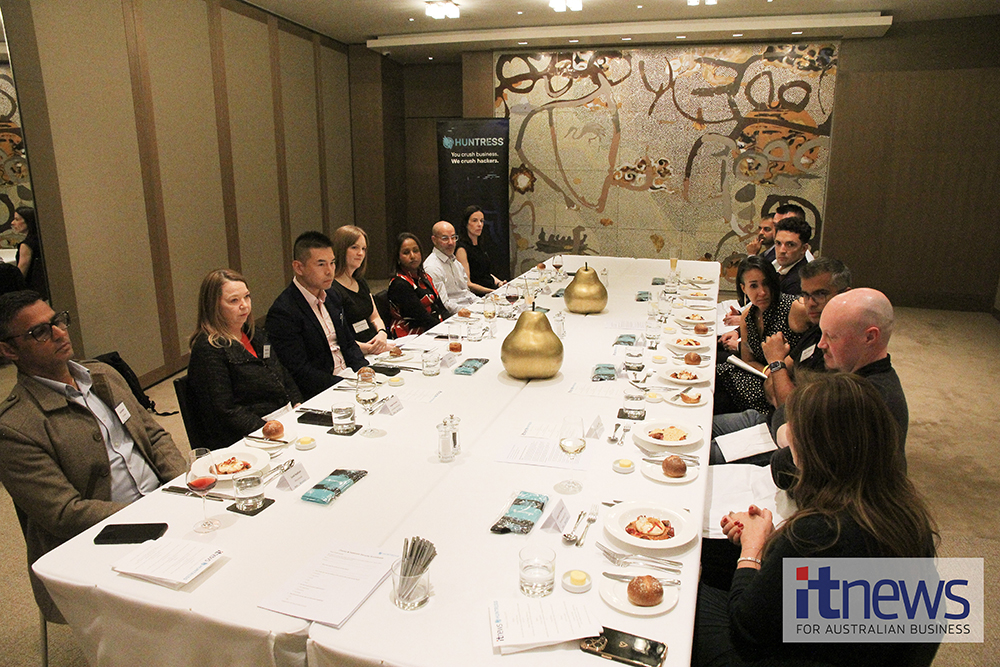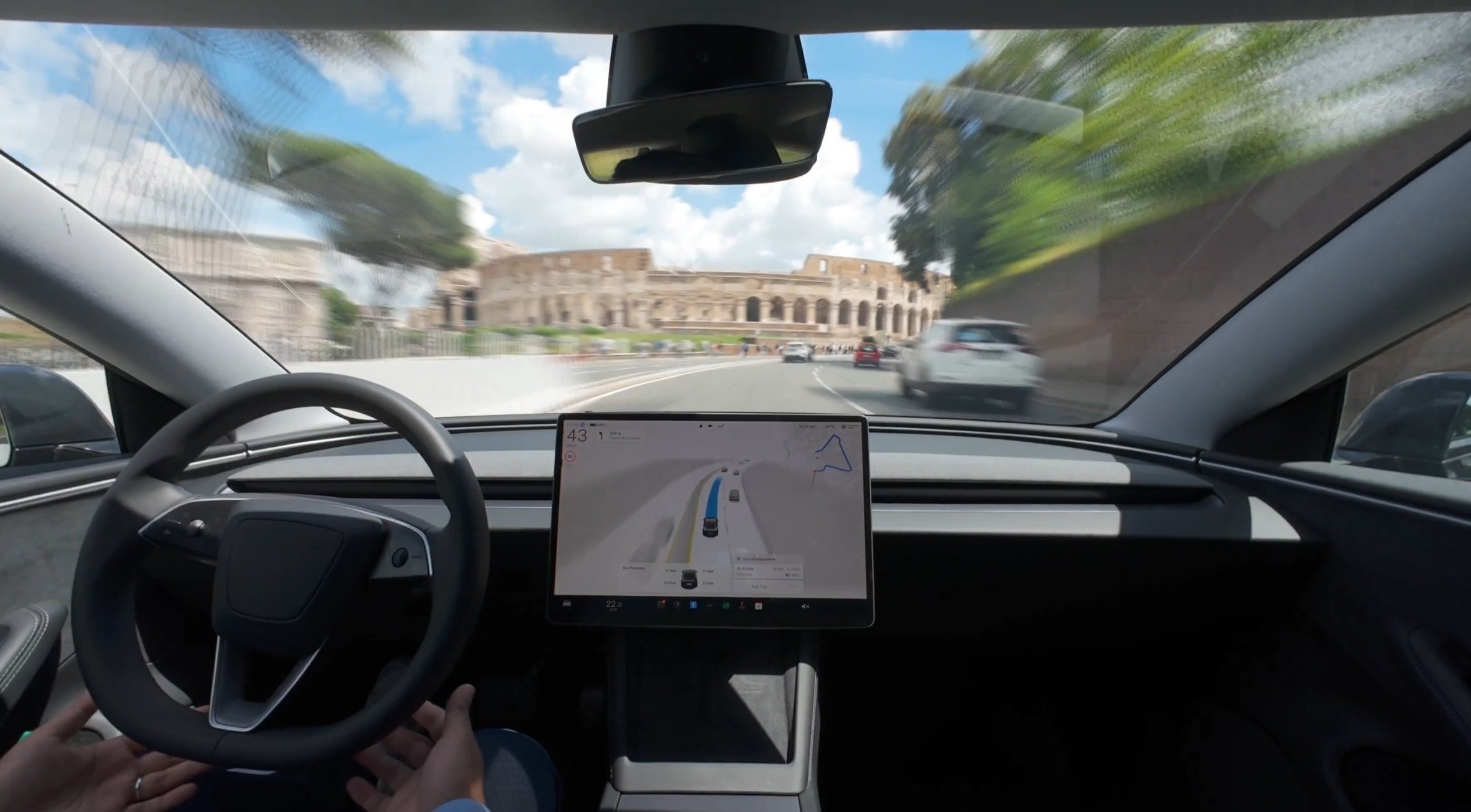GO Markets Seeks Ex-CIO Over IT Contract Conflicts
We independently review everything we recommend. When you buy through our links, we may earn a commission which is paid directly to our Australia-based writers, editors, and support staff. Thank you for your support!
Overview
- GO Markets is taking legal steps against ex-CIO Asheish Gupta for purported undisclosed commissions.
- The legal situation is made more complex by Gupta’s bankruptcy filing.
- GO Markets is reviewing numerous IT contracts, including those with Gigabit Hosting, IBM, and Link11.
- The case is still in progress, with several vendors needing court orders to provide documents.
Legal Dispute Regarding Undisclosed Commissions
GO Markets, a leading brokerage and trading enterprise, has commenced legal action against its former chief information officer (CIO), Asheish Gupta. The claims revolve around Gupta’s alleged role in facilitating undisclosed commission agreements with various IT vendors. This situation underscores the intricacies of corporate governance and the significance of transparency in procurement systems.

Bankruptcy Issues
The legal action, initially filed in December of last year, faced difficulties when Gupta declared bankruptcy in March. This development forced GO Markets to seek judicial approval to proceed with its case and demand documents from several IT suppliers involved with the trading firm.
Contracts Under Investigation
At the heart of the accusations is a $3.8 million contract with Gigabit Hosting Sdn Bhd. Court files indicate that Gupta is accused of receiving undisclosed commissions amounting to USD $1,116,226.79 from Gigabit between January 2019 and April 2024. The court is also scrutinizing other agreements, including a $4.2 million contract with IBM for SoftLayer technology and a $1.6 million contract with German cybersecurity company Link11 and its subsidiary, DOSArrest.
Continuing Legal Proceedings
Federal Court Justice O’Callaghan has acknowledged the validity of GO Markets’ legal pursuit, mentioning that at least one vendor is reluctant to provide documents without a court-ordered procedure. The ruling from the court allows GO Markets to carry on with its legal pursuit as it aims to uncover the full extent of the claimed misconduct.
Conclusion
The legal proceedings initiated by GO Markets against its previous CIO for alleged undisclosed commissions from IT vendors highlight the crucial necessity for transparency and accountability in corporate transactions. The ongoing legal battle, complicated by the former CIO’s bankruptcy, illustrates the legal and ethical hurdles that companies encounter in upholding governance principles.














